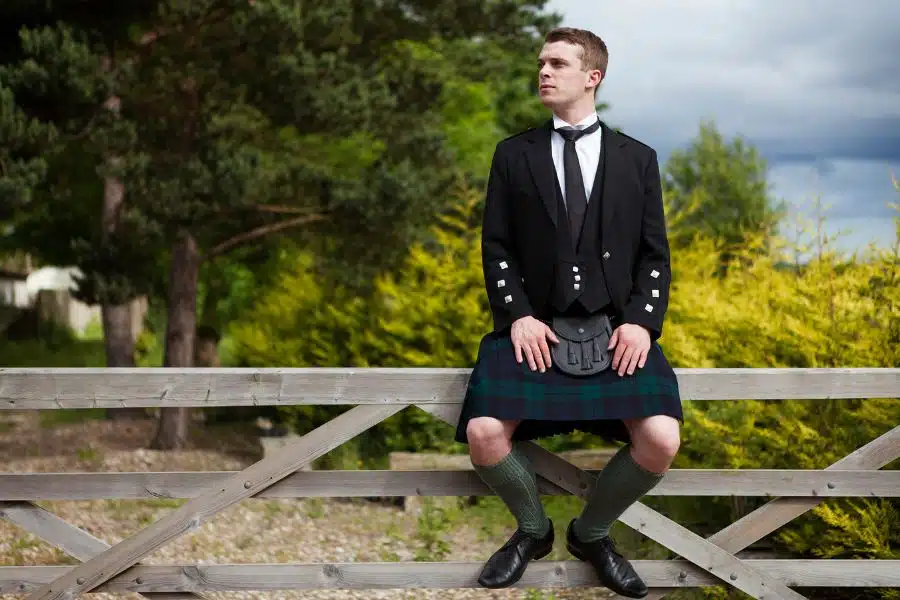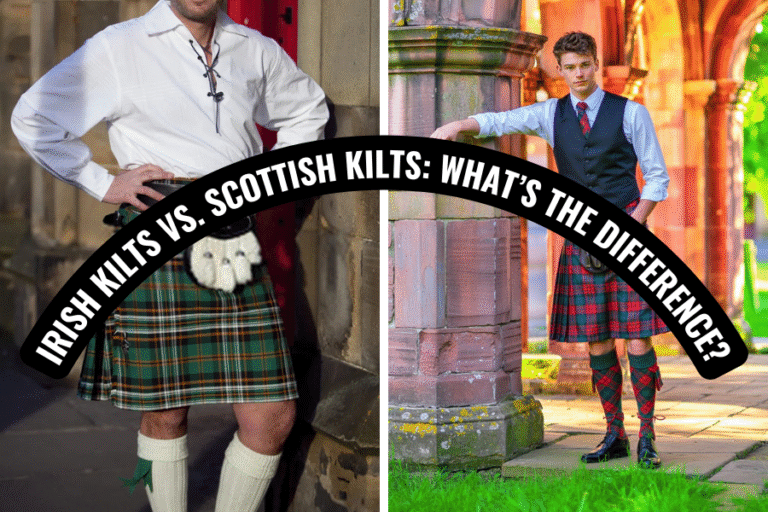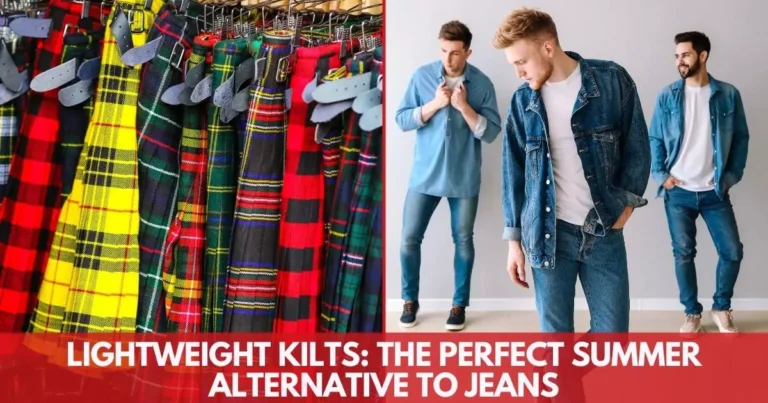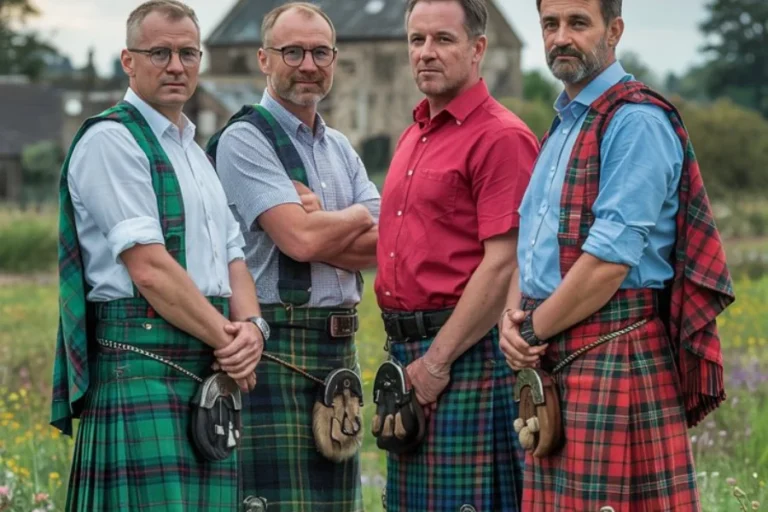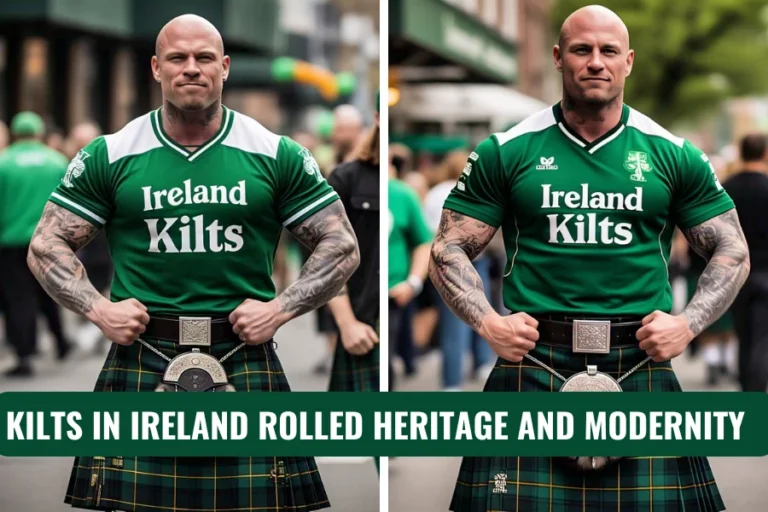Blending Custom And Design: The Formation Of The Mens Kilt Outfit
Introduction:
An enduring symbol of Scottish heritage, the kilt has evolved over decades from an ancient piece of Highland warrior clothing to a modern style statement that is embraced all over the world. The men’s kilt gives an intriguing fusion of history, symbolism, and style thanks to its strong origins in Scottish culture and rising appeal in modern design. This piece dives into the world of kilts, examining their cultural importance, historical importance, and subsequent adjustments that maintain this classic outfit’s popularity.
The Origins Of The Kilt:
The Highland Dress: A Symbol Of Scottish Identity
The Highland outfits, which reflect Scotland’s harsh landscape and tough mentality, included the kilt centuries ago. At first, kilts were long, flexible garments called “Great Kilts,” which offered warmth. The kilt changed throughout time to become the fitted style that we see today, signifying Scottish identity and clan lineage.
Cultural Significance And Clan Tartans
Every clan in Scotland has its own tartan, a design with unique colors and designs symbolizing ancestry and spatial affinities. These clan tartans, which stand for pride and togetherness, are vital to Scottish traditions and events. Every kilt gains a layer of historical and personal meaning from the deeply ingrained tradition of tartan patterns.
The Kilt in Modern Fashion:
Contemporary Kilt Fashion: A Blend of Tradition And Modernity
In recent years, the kilt has transcended its traditional boundaries, entering the realm of modern fashion. Designers have reimagined the classic kilt, introducing avant-garde kilts, custom utility kilts, and contemporary tartan designs. These modern adaptations cater to a diverse audience, looking for both a nod to heritage and a unique style statement.
Accessorizing The Kilt: From Sporrans To Ghillie Brogues
A mens kilt outfit is incomplete without its accessories. The sporran, a pouch worn around the waist, serves both functional and aesthetic purposes. Ghillie brogues, traditional Scottish shoes, and the Sgian Dubh, a small ceremonial dagger, add authenticity and elegance to the ensemble. These accessories not only complement the kilt but also connect wearers to Scottish traditions.
Kilts in Ceremonies And Celebrations:
Weddings And Formal Events
Scottish weddings and official functions are places where kilts are worn with dignified Grooms and groomsmen sometimes sport traditional kilts, exhibiting their family tartan. Alongside weddings, custom kilts are popular choices for formal events, providing a classy alternative to the typical suit.
Highland Games And Cultural Festivals
The Highland Games, a celebration of Scottish and Celtic culture, see participants donning kilts in events ranging from traditional athletic competitions to dance and music performances. These gatherings underscore the kilt’s enduring relevance and its role in celebrating and preserving Scottish heritage.
Bold and Brave: The Everlasting Appeal Of The Men’s Kilt Outfit
The kilt is more more than just an item of clothing when we consider its voyage from ancient battlefields to modern runways. It’s a celebration of distinctiveness, a statement about heritage, and a reference to the past. The men’s kilt costume, in all its tartan grandeur, continues to inspire, enchant, and change, guaranteeing that this classic piece of Scottish dress will be loved for years to come.
Conclusion:
With a long heritage and constantly evolving fashion, the men’s kilt outfit is evidence of the enduring demand for ethnic wear. From its Scottish Highlands beginnings to the international fashion scene, the kilt has stood for courage, self-assurance, and individuality. The kilt continues to be a cherished and iconic item of clothing that unites the past and present, tradition and innovation, as it welcomes today’s fashions while preserving its traditional soul.

